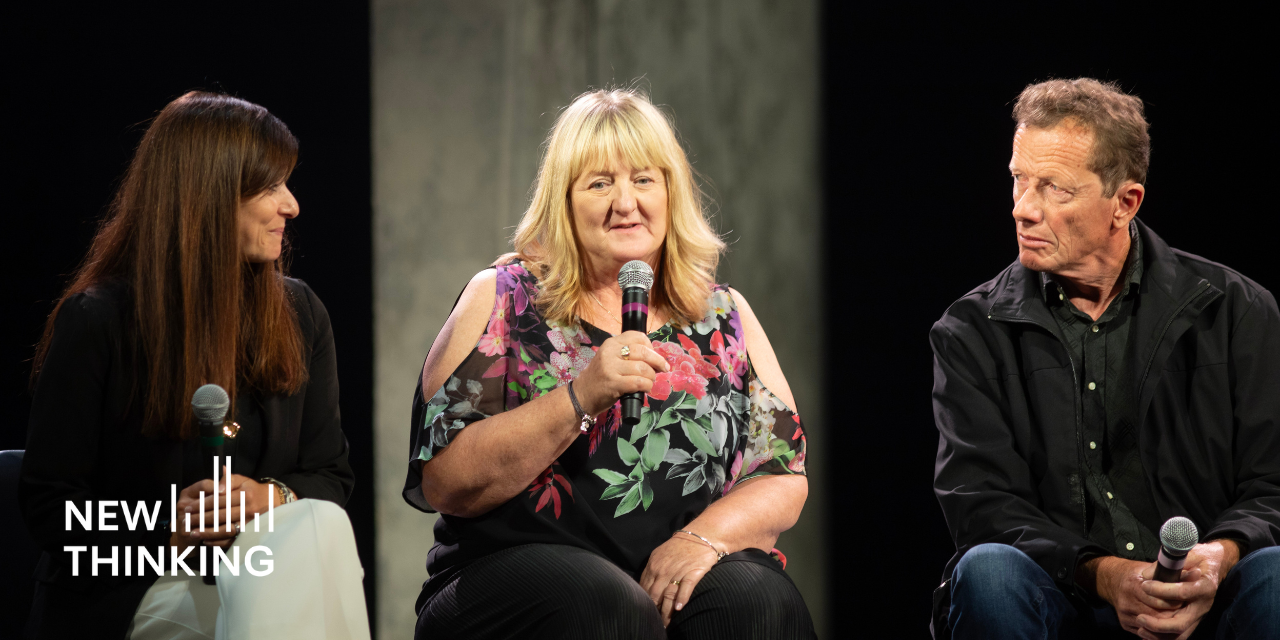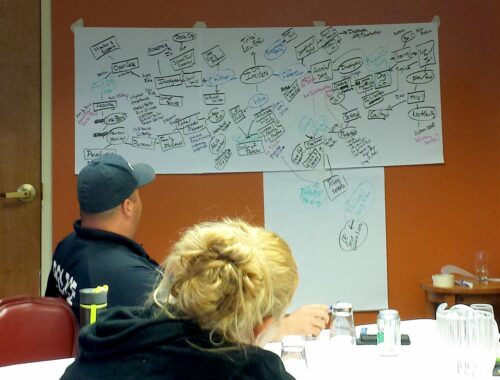Punch: The Real-Life Restorative Justice Story Behind the Broadway Show


Every major justice reform is a hard-fought win. But a policy victory is one thing; making a sweeping new approach work on the ground can require quite another skillset.
The history of reform is littered with policy victories that died on the vine of implementation, that is, preparing for, and monitoring over the long haul, how a policy translates into practice.
In this guide, we highlight the elements of strong, sustainable implementation and hear from a range of seasoned policy campaigners. “We can’t legislate the behavior of system-actors,” cautions one. For another, if your policy challenges core tenets of the status quo: “Anticipate massive bureaucratic resistance at every turn.”
From crafting your legislation to avoid obstacles to come, to ensuring the buy-in of the practitioners you need to make your policy real, to fighting for control of your narrative in the public square, we offer a brisk, practical guide to shepherding your idea from policy to practice—and changing systems and lives for the better.
Hear a companion episode of our New Thinking podcast: When Policy Fails: The War on Drugs Returns to Oregon